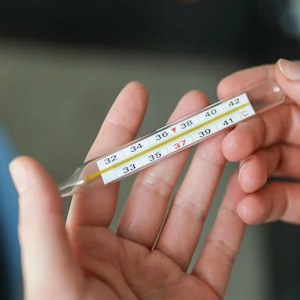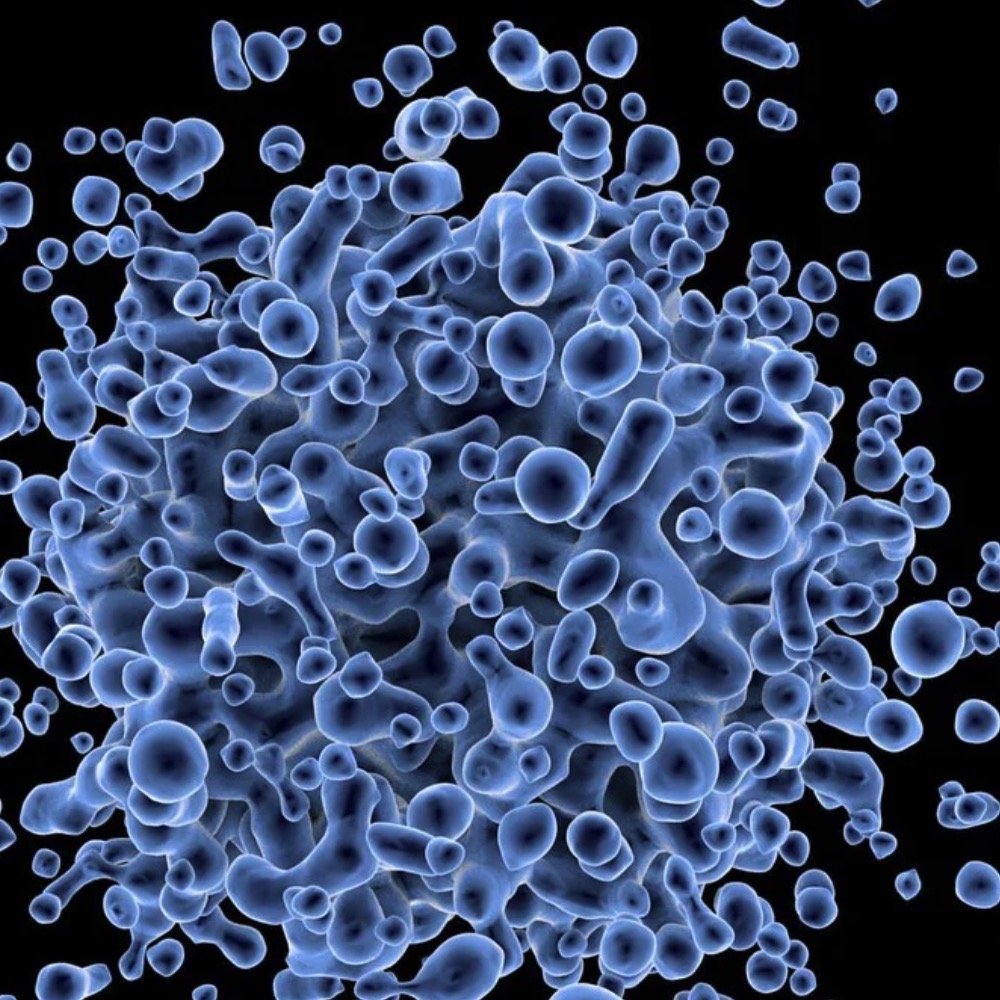Periodic fever, aphthous stomatitis, pharyngitis, and cervical adenitis recurrence temporally associated with allergen-specific immunotherapy in a female adolescent: a case report

All claims expressed in this article are solely those of the authors and do not necessarily represent those of their affiliated organizations, or those of the publisher, the editors and the reviewers. Any product that may be evaluated in this article or claim that may be made by its manufacturer is not guaranteed or endorsed by the publisher.
Authors
Periodic fever, aphthous stomatitis, pharyngitis, and cervical adenitis (PFAPA) syndrome is the most common periodic fever syndrome in pediatric patients. It is clinically characterized by fever flares lasting 3-7 days, reappearing every 2-8 weeks with a distinctive clockwork regularity. PFAPA generally begins before 5 years of age and usually ceases 3-5 years after onset. Recurrences may be observed in adolescence and adulthood in up to 20% of cases. The authors aim to describe a case of PFAPA recurrence in adolescence temporally associated with allergen-specific immunotherapy (ASIT). A 16-year-old female patient was referred to the rheumatology unit due to recurrent episodes of fever one month after initiating ASIT for allergic rhinitis. These episodes occurred every 4 weeks and lasted 3 days. During these episodes, she also presented with a sore throat, tonsillar exudates, and cervical lymphadenopathy. Abortive treatment with oral prednisolone was attempted in these episodes, with complete resolution of fever after a single dose. After reviewing her medical background, she had previously experienced febrile episodes accompanied by aphthous ulcers and tonsillar exudates occurring every 7-8 weeks from age 2-7. The etiopathogenesis of PFAPA remains uncertain. Environmental triggers, particularly those with immunomodulator effects, may interfere with the immune responses responsible for PFAPA occurrence, but the mechanisms are still unclear. The authors describe the first report of the reappearance of PFAPA flares, possibly due to ASIT. Further studies are needed to fully clarify if ASIT constitutes a true environmental trigger of PFAPA.
How to Cite

This work is licensed under a Creative Commons Attribution-NonCommercial 4.0 International License.
PAGEPress has chosen to apply the Creative Commons Attribution NonCommercial 4.0 International License (CC BY-NC 4.0) to all manuscripts to be published.











